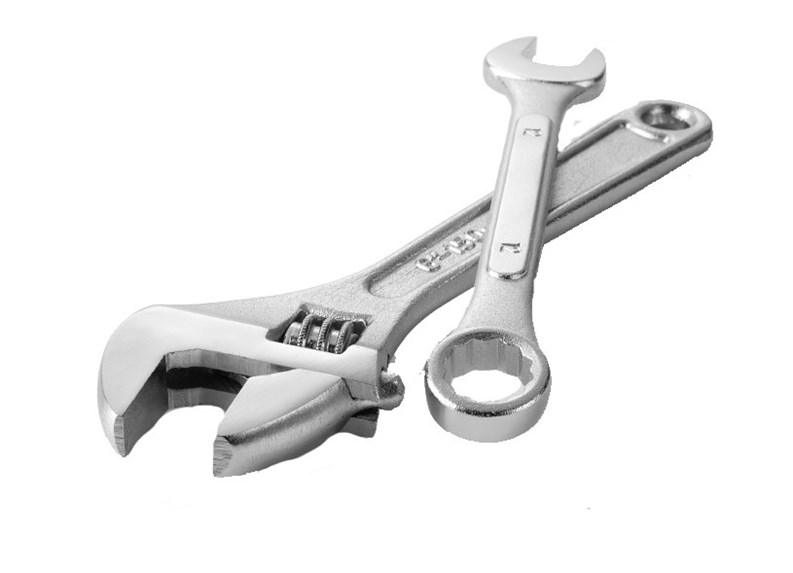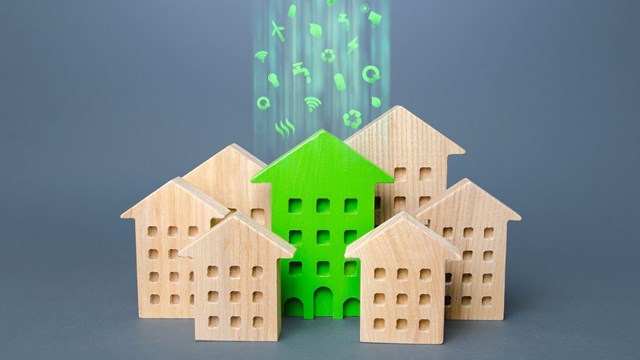NYSERDA Provides Energy Assistance
Boiler Maintenance and Repair
By Erik Neumann
Replacing your heating and domestic hot water plant is one of the costliest projects that your building management can undertake—which makes it one of the most important projects to plan well in advance. If the project is done hastily because of an emergency, an improperly installed replacement will have significant adverse effects on your building operations. Extended loss of heat and hot water and premium re-installation costs are just the beginning.
Several factors typically come into play in forcing a building to make the decision to replace their boiler, including concerns about energy costs, excessive maintenance requirements and system unreliability. The problem with that approach is that if your board/management team insists on waiting for one or all of these conditions to arise, it will then be too late to manage the process to your advantage. Proactive buildings can save themselves money and headaches in the long run by acting before the need arises.
Although the life of a boiler is dependent on a variety of issues, one that has been well maintained can reasonably be expected to provide between 25 and 30 years of reliable service. If the age of your equipment falls within this range, it’s a good idea to hire a professional engineer to assess your plant before it reaches a critical state in order to allow time for proper planning—as well as to consider potential upgrades and alternatives.
Finding the Best Fit
Most multifamily buildings are outfitted with a single boiler that is sized for the maximum load. When evaluating a replacement project for this scenario, consideration should be given to installing two boilers—each sized at two-thirds of the maximum load, if space allows. This redundant configuration provides protection in the event one boiler or burner fails, and provides more efficient operation under most operating conditions.
Also, if your building has undergone significant upgrades to its envelope, such as window or roof replacements, the heating load on the building should be re-evaluated to determine if the boiler size can be reduced, rather than simply replacing it with one of identical capacity.
There are also efficiency considerations to evaluate when selecting replacement equipment. Atmospheric boilers operate much like a pot of water on a stove. Gas-fired boilers equipped with power burners are more efficient, using less energy to supply the same load. Modulating burners provide better efficiency than burners that operate with on-off or low-high fire by matching the firing rate to the actual load.
All of these alternatives should be considered when replacing your heating plant. Be aware, however, that some of these efficient equipment alternatives have higher maintenance requirements that your building staff or service contractor will have to provide.
Seeing the Big Picture
The boiler is only one component of your building’s heating plant. Multiple ancillary systems such as controls, domestic hot water, heating distribution and fuel delivery should also be evaluated for inclusion in any replacement project. Examples of options for these ancillary systems include:
The most common domestic hot water system in New York City multifamily buildings is an immersion coil in the heating boiler. Domestic hot water systems can be designed based on a combination of storage capacity and recovery rate to meet the design load. If space is available, maximizing storage capacity lowers the required recovery rate. This can reduce the required boiler size, saving in both first and operating costs.
Condensing boilers operate at 95-plus percent thermal efficiency and represent a good alternative for dedicated domestic hot water systems.
Dual fuel burners provide flexibility in selecting either gas or oil to burn based on current commodity pricing as well as access to favorable gas tariffs.
The most common heating system control in New York City multifamily buildings controls the amount of heat supplied based on indirect measurements including outside air and condensate/return temperatures. Another type of control also monitors indoor temperatures in selected apartments to provide more accurate control over space temperatures.
Assess and Maintain
Even more proactive than just looking at your boiler plant is performing a comprehensive infrastructure assessment. This assessment evaluates all of your building’s major systems to develop a long-term capital plan that addresses all of the building’s needs. Other building systems that should be evaluated and included in the long term plan are the masonry façade, roof, windows, doors, electric service, electric distribution, common area lighting, ventilation and exhaust, sanitary/storm drainage, potable water system including backflow requirements and landscaping.
Understanding the life cycle and replacement/repair costs for all of these systems will assist you to prepare a long-term capital plan that anticipates all of your future financial requirements.
The New York State Energy Research & Development Authority (NYSERDA) has multiple programs that can assist you in this process. The Residential Technical Assistance Program (ResTech) is aimed at market rate properties and offers funding to multifamily buildings that contain five or more units. ResTech will help identify projects through an energy audit that improve energy efficiency and energy management and assist in the installation process. NYSERDA will typically pay half the cost of the energy audit, work with the Owner to package the necessary financing, and then provide assistance during construction and energy monitoring services.
The NYSERDA Assisted Multifamily Program (AMP) also provides a range of incentives to publicly assisted multifamily buildings for rehabilitation and construction of measures to improve energy efficiency and energy management. To be eligible, the Owner must demonstrate that the average household income is no more than 80 percent of the state median. AMP will provide a detailed energy audit, work with the Owner to package the necessary financing including any necessary grants, and then provide assistance with management and oversight of the installation.
NYSERDA can be reached at 518-862-1090 or visit their website at nyserda.org for more information about these programs and other opportunities.
Erik Neumann, PE is a partner at EME Group, a New York City consulting engineering firm that works with multifamily buildings to reduce energy costs and consumption.










2 Comments
Leave a Comment